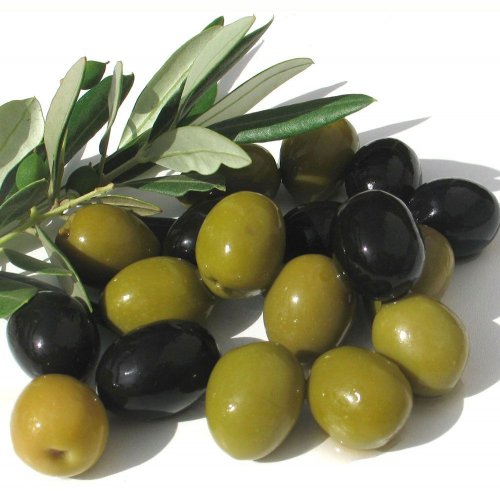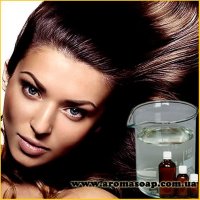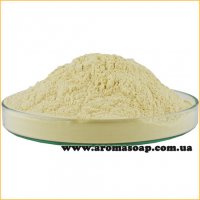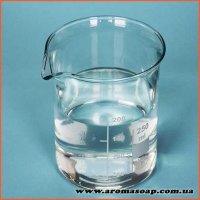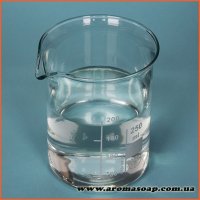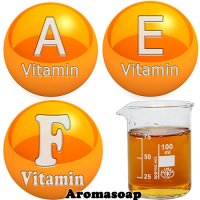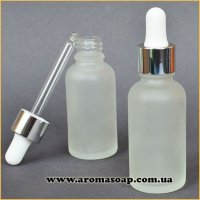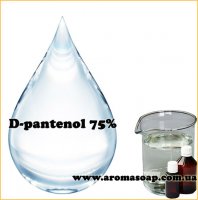Olive squalane (10 g)
INCI: Squalane
Description: The starting material is squalane, which is obtained from the unsaponifiable fraction of olive oil. By catalytic hydrogenation of squalene, squalane is obtained.
The name squalene comes from the Latin Squalus - a shark whose liver is rich in this compound. In addition to shark liver, squalene is found in significant quantities in olive, palm, amaranth oils, as well as in avocado, wheat germ and rice bran oils. Squalene is synthesized mainly in the sebaceous glands and is one of the key components of sebum and hydrolipid mantle, responsible for the healthy and holistic appearance of the skin surface.
Characteristics:
Squalane is a transparent oil without color and odor, highly stable and excellently adapted for use in cosmetic and pharmaceutical preparations.
Acid number: <0.01
Saponification number: 0.4
Iodine number: 3.4
Density (at 20?): 0.827
Refractive index (at 20?): 1.457
Main substance content: 93.6%
Squalane is soluble in mineral oils, vegetable oils and non-polar solvents.< br /> It is insoluble in polar solvents
Properties:
From a dermatological point of view, squalane is a high-quality emollient (softening agent).
Due to its natural affinity with the skin, it easily penetrates through epidermis, without leaving a feeling of greasy, while giving the skin a feeling of softness and silkiness. This is because squalane is the main hydrocarbon of skin surface lipids, making up 15% of adult skin sebum.
Studies have shown that squalane is not comedogenic, unlike triglycerides and fatty acids in sebum
When applied to the skin squalane is easily distributed, forming a protective film that prevents moisture loss, which, in turn, improves skin respiration.
Recommended for dry and chapped skin.
Great interest in the use of squalane is due mainly to its natural compatibility with the skin, non-toxicity, high stability and a pleasant silky feeling of cosmetic preparations in which it is used.
Due to its high stability and low chemical reactivity, squalane does not interfere with the active substances of cosmetic formulas.
Squalane does not participate in metabolism and is excreted from the body unchanged naturally.
Areas of application:
Squalane can be used in various cosmetic products, creams, sunscreens, hair care products, face masks, oils for baths.
Squalane is of interest for formulations in which a necessary condition is to preserve the appearance and quality of the drug at low temperatures (products for cold climates, for winter sports) because it has a low pour point.
With absolute compatibility with oils and lipophilic substances, squalane can easily emulsify, creating visually pleasing, compact and shiny emulsions.
Squalane is an excellent dispersant for pigments (lipsticks, etc. .)
Due to its ability to regulate the diffusion of fragrant substances, squalane can be used as a fragrance fixative.
Concentration:
The amount of squalane introduced into formulations varies widely.
Some formulations use less than 1%, while in others - more than 50%.
The optimal level is 5 - 15%.
Method of application:
Squalane is added to cosmetic preparations in the same way as and other oils (etc.) at production temperatures (up to 96°C).
At the same time, it has an important advantage - thermal stability.
Storage: Squalane is absolutely stable and resistant to oxidation .

